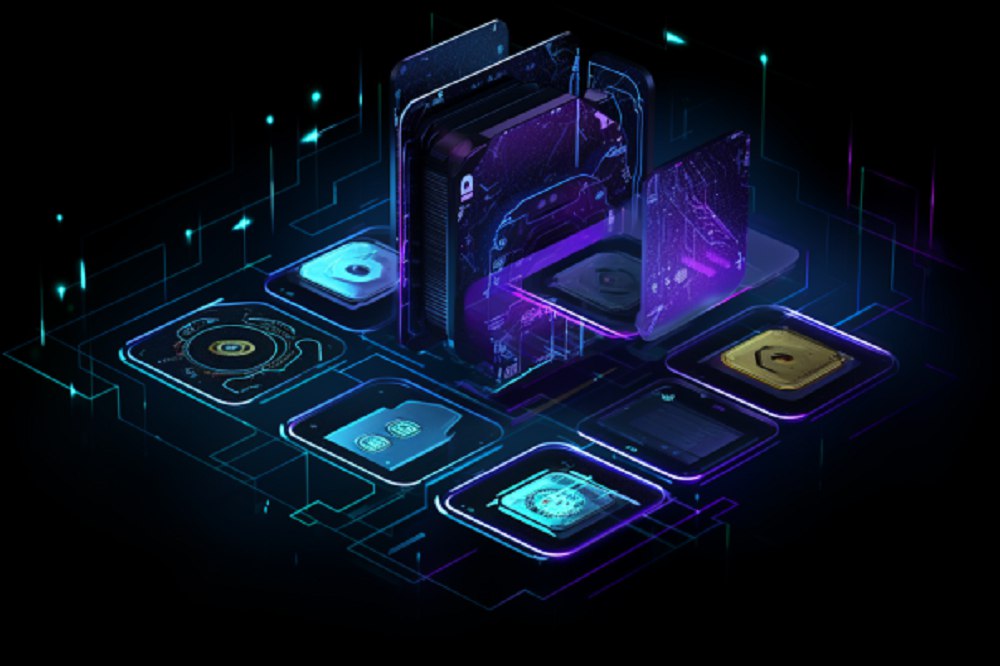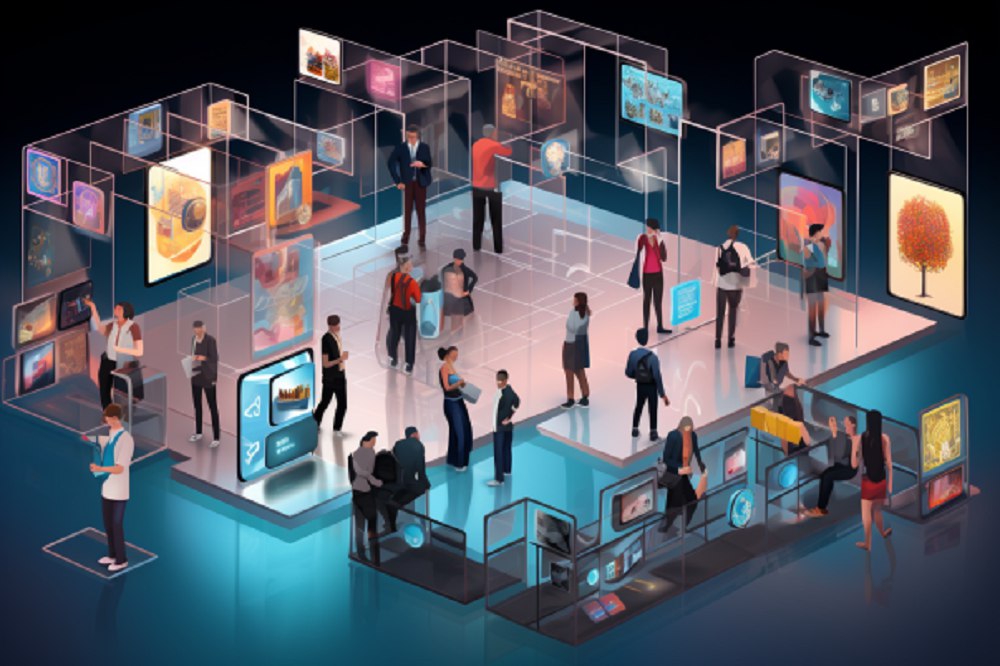Biometrics In The Metaverse: All You Need To Know

Table of Contents
Metaverse Explained
The technological landscape has come a long way, from simple websites in Web1 to forming a worldwide society in Web2. It’s heading toward Web3, a decentralized internet based on digital currency and blockchain. The phrase “metaverse” is rife with futuristic possibilities, changing how people interact with technology.
Envision yourself transported to a virtual world, where you can fully immerse yourself in a 3D simulation of the actual world. Central to this metaverse are ideas from blockchain technology, social media, virtual reality (VR), augmented reality (AR), mixed reality (MR), and other similar tech.
Neal Stephenson’s ‘Snow Crash,’ published in the early 1990s, introduced the idea of the metaverse. Users in this book create a realistic representation of a virtual environment by donning VR goggles and exchanging virtual properties using 3D avatars.
Similarly, modern blockchain-powered metaverses enable users to replicate offline actions in virtual spaces. Every aspect of life, from education and employment to retail therapy, gaming, and socializing, has a digital analog in these online spheres.
With this new development, technology is taking a giant leap forward, moving beyond displays into interactive, immersive worlds. It shows a future when our online lives are like our actual ones, with little or no boundaries between them. There is a future powered by technology and linked by networks waiting to be discovered in the metaverse.
Metaverse Use Cases
Numerous fields use the metaverse, from the more established ones like education and gaming to the new ones like healthcare and entertainment. Virtual concerts are examples of one-of-a-kind experiences that can be had in this realm.
It’s a central location where people can communicate in a unified 3D space, switching between various forms of communication. The metaverse’s virtual workplaces have facilitated remote and collaborative work. Also, companies are realizing the metaverse’s marketing potential and using it to showcase their wares to a broader audience.
Biometrics Explained
Biometrics is a fascinating technology that identifies individuals based on unique physical or behavioral characteristics. It uses facial or fingerprint recognition to examine the contours of our hands, scan our eyes or DNA, and even analyze the patterns of our heartbeats, mouths, veins, or even our scents!
This technology’s increasing popularity is due to its ability to reliably and swiftly verify your identity. In today’s world, biometrics is a significant phenomenon, offering the best method for fast and trustworthy person authentication and a foundational component of decentralized digital identification (DID).
In addition, using biometrics on phones or online identity verification is becoming more common. A group of astute Italian experts discovered that facial and iris recognition provides the highest level of biometric security.
The Metaverse And Biometric Verification
There may be numerous advantages to combining blockchain technology with biometrics in the metaverse. For instance, blockchain technology offers desirable properties like decentralization, immutability, data encryption, and improved security.
Metaverse user identity security, distributed digital identity scheme improvement, and internal process simplification can all benefit from biometric identity verification as it is quick, easy, and accurate. Biometrics can also improve the metaverse user experience.
Since biometrics isn’t platform-dependent, you can use it for customer verification on any device, phone, browser, or goggles. This makes biometrics a practical choice for a wide range of devices. Decentralized biometric identification is also more convenient and quicker to use than passwords.
No one ever forgets or loses their metaverse biometric data because it is always with them. It is possible to prevent the theft of virtual reality goggles or other devices used in the metaverse by conducting regular biometric checks on the user.
When coupled with other security measures, such as geolocation data or authentication components like two-step verification, this kind of verification bolsters the safety of biometric data stored in the metaverse. Beyond that, biometrics can make the metaverse experience more personalized. This allows users to engage with items and non-player characters (NPCs), whether friendly or hostile and adjust their preferences in the metaverse according to their supplied data.
The Way Forward
When combined with decentralized blockchain technology, biometrics becomes an unstoppable force in guaranteeing your metaverse identity’s security, convenience, and ease. Competent IT experts are already trying to combine these technologies to protect your metaverse identity and end forgeries.
Time Crypto Market offers content visibility for dozens of crypto enterprises, and you can be a part of our network! Reach out to us on our telegram chat for inquiries. The nature of cryptocurrencies is highly unpredictable; always perform your due diligence before any investment. Several articles on our site come from guest contributors or are commissioned pieces, not originating from Time Crypto Market's in-house writers. The perspectives shared in these articles might not necessarily align with those of Time Crypto Market. We do not assume responsibility for the veracity, caliber, promotions, offerings, or any other elements presented on our platform. Consult our comprehensive terms of service and disclaimer for more details.








